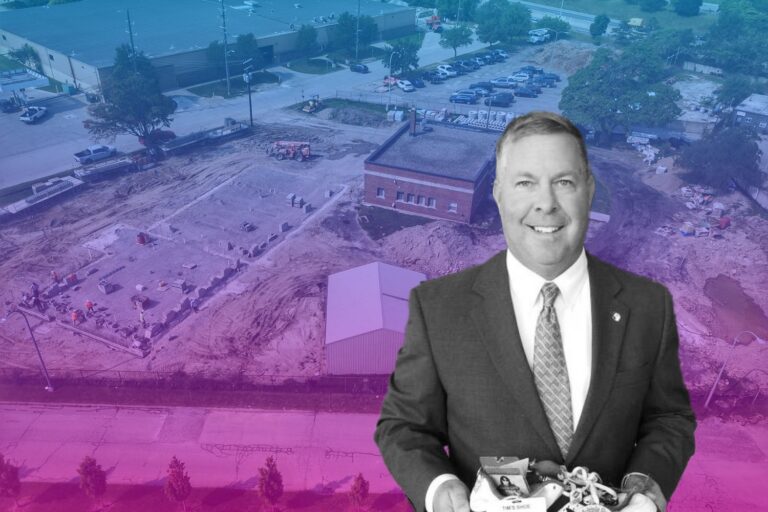Jefferson County and Its Move Towards Advanced Property and Tax Assessment
In the heart of Colorado lies Jefferson County, a vibrant community that prides itself on its commitment to excellence and the welfare of its residents. As the county continues to grow and evolve, it recognizes the imperative to modernize and streamline its core governmental operations to better serve its citizens.
To this end, the County of Jefferson is embarking on a journey to enhance its property and tax assessment as well as tax collection systems. Acknowledging the transformative power of technology, the county is seeking a cutting-edge, Software-as-a-Service (SaaS) based solution that can revolutionize the way its Assessor’s and Treasurer’s Offices operate.
Before delving into the core of the subject, it is essential to familiarize ourselves with Jefferson County and the driving factors that led to the initiation of this bid.
Rising to the Challenge: Jefferson County’s Journey Towards a Modern, SaaS-Based Solution
Jefferson County stands as a vibrant and diverse community, renowned for its breathtaking landscapes, thriving economy, and strong sense of civic pride. As one of the most populous counties in Colorado, it encompasses a rich tapestry of urban, suburban, and rural areas, catering to the needs and aspirations of its residents.
Jefferson County covers approximately 764.2 square miles and is estimated to have a population of around 582,881 individuals based on the U.S. Census Bureau’s 2020 data. This reflects a population growth of 9.0 percent from April 1, 2010, to July 1, 2019.
It is one of the original seventeen territorial counties and was established on August 25, 1855, by the Kansas Territorial Legislature. Arapahoe County was created to govern the entire western portion of the territory and was named after the Arapaho Nation, the Native American tribe that inhabited the area.
The County Treasurer’s Office serves as the custodian of public funds, diligently collecting real and personal property taxes for the county, school district, cities, and numerous special districts. With a robust system in place, the Treasurer’s Office efficiently accounts for and disburses taxes, ultimately supporting critical community services, including education, public safety, and infrastructure development.

Due to the announcement by Jefferson County Assessor Scot Kersgaard, indicating a significant increase of 36.5% in median single-family residential values, the county is facing a pressing need for a modern, SaaS-based replacement of its current property and tax assessment as well as tax collection system. With the median increase for detached properties reaching about 38%, the impact on property taxes is a matter of concern for both the county and its residents.
Colorado state law mandates a property revaluation every two years, with values set based on property worth as of June 30 in even-numbered years. During this reappraisal year, a staggering 218,900 parcels were revalued in Jefferson County, and these revised values will be applicable for tax years 2023 and 2024.
As property taxes are calculated by multiplying the value, assessment rate, and mill rate, the Assessor’s Office’s responsibility lies in determining the property values only. The assessment rate is set by the Legislature, while local taxing entities, including the county, school districts, fire districts, cities, and special districts, set the mill rates.
The current residential assessment rate as of April 19, 2023, stands at 6.765%. Considering the median home value in Jefferson County at $622,596, the assessed value of the median home would amount to $41,104, taking into account the exemption of the first $15,000 of actual value from taxation.
With a mill rate of 100 mills, property taxes for the median home would amount to $4,110. However, the actual tax amount may vary depending on the specific location of the property and the applied mill rates.
Assessor Kersgaard acknowledges the magnitude of the increase in property values, emphasizing that for most property owners, the actual property tax increase may not be as substantial as the 36.5% figure suggests.
Nevertheless, the impact on property taxes is significant, and the Assessor is disappointed that the Legislature has yet to take action to mitigate the potential tax burden resulting from these escalated property values. However, he remains optimistic that measures will be put in place before tax bills are mailed early next year to address this concern.
In light of this scenario, Jefferson County recognizes the urgency to adopt a modern, SaaS-based solution for its property and tax assessment as well as tax collection processes.
Moreover, a state-of-the-art system will facilitate seamless interactions with property owners through a robust public portal, ensuring secure access to essential services offered by both the Assessor’s and Treasurer’s offices. This strategic move towards a modernized system will not only help navigate the current property value challenges but also align the county’s administrative functions with its commitment to excellence and the well-being of its residents.
Now, let us delve into the significance and essential aspects of the bid.
Background: Challenges with the Current Software Solution and PTOC Collaboration
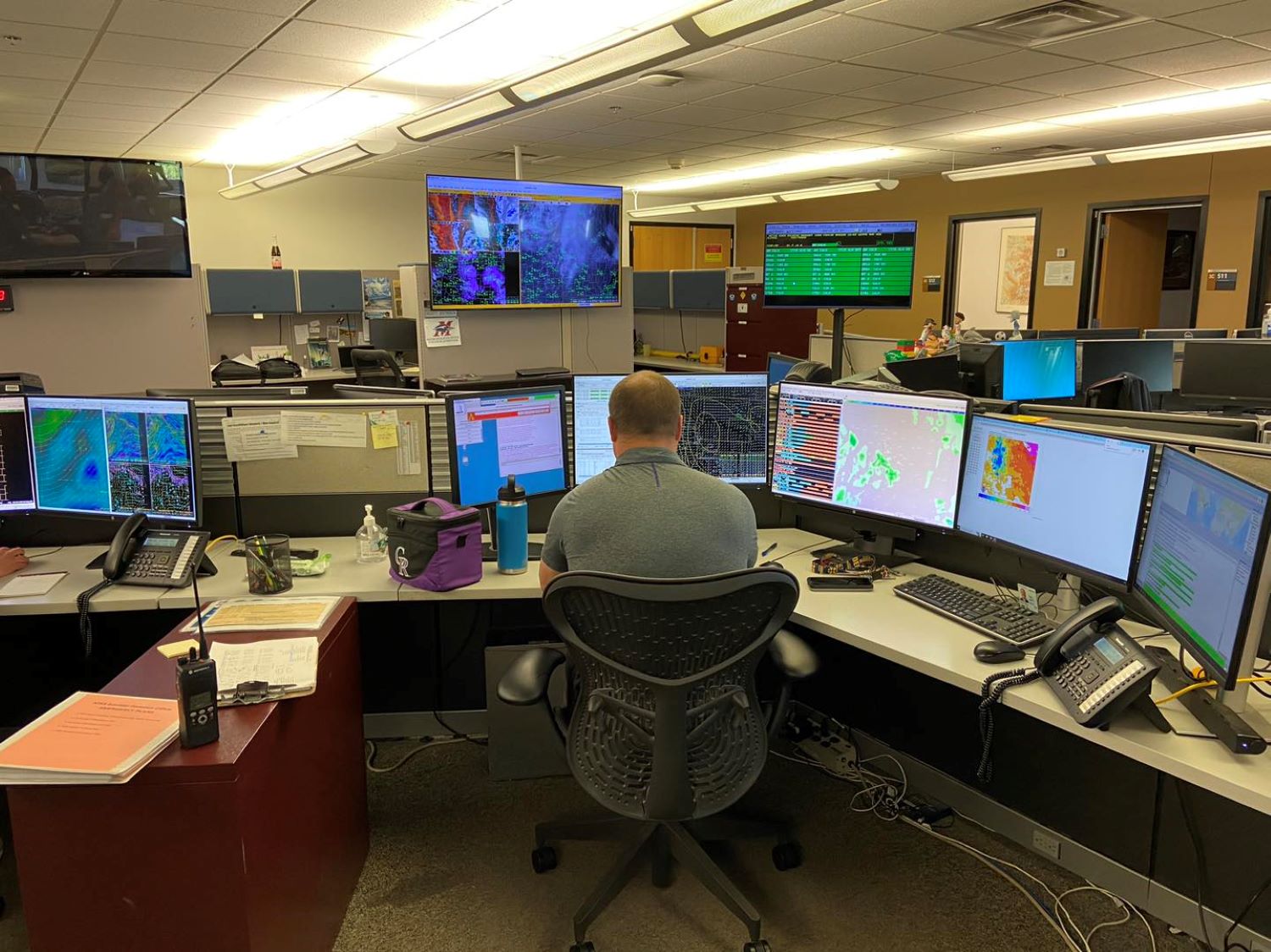
In 2009/2010, the Jefferson County Assessor’s office entered into a contract for new software through the collaborative efforts of the Property Taxation Officials of Colorado (PTOC), which is a consortium of various county Assessor’s offices in Colorado. The objective behind this collaboration was to create a unified and stronger voice while negotiating software contracts, aiming to leverage the collective bargaining power of multiple counties.
While the formation of PTOC offered potential benefits, it also presented certain challenges in practice. One significant limitation arose from the need to consider different jurisdictions’ unique business processes and practices, as each county had its own specific requirements and workflows.
Achieving consensus on uniform practices across diverse counties required considerable effort and negotiation. Implementing changes in the software that catered to one county’s needs would often necessitate similar modifications for all participating counties, leading to complexities and potential inefficiencies.
The identified challenges that a potential vendor must address stem from the limitations of the current software solution. One of the main issues is that the existing software is data-entry intensive and poorly laid out, resulting in time-consuming and inefficient data entry processes. This inefficiency can impact the productivity of county employees and potentially lead to errors if data entry tasks become overly cumbersome.
Moreover, mistakes made during data entry can be difficult or even impossible to correct, which can be a significant problem for maintaining accurate property and tax records. The need for vendors to create “data-fixes” to address specific errors suggests that the software lacks a seamless and user-friendly mechanism to handle data corrections, further adding to the system’s complexity.
Another concern relates to the level of support received through annual maintenance payments. The county has found that the current software’s support, including application fixes, upgrades, and data corrections, has not met their expectations. This shortfall has impacted on the overall performance of the system and has raised concerns about its ability to meet the county’s evolving needs efficiently.
Additionally, the current client/server application architecture requires the county to own and maintain server hardware, which demands dedicated IT resources solely focused on server and software support for the Assessor’s and Treasurer’s offices. This setup incurs additional costs and diverts valuable IT resources that could be allocated to other critical county projects.
Transforming Jefferson County: Revolutionizing Administrative Processes and Empowering Public Engagement
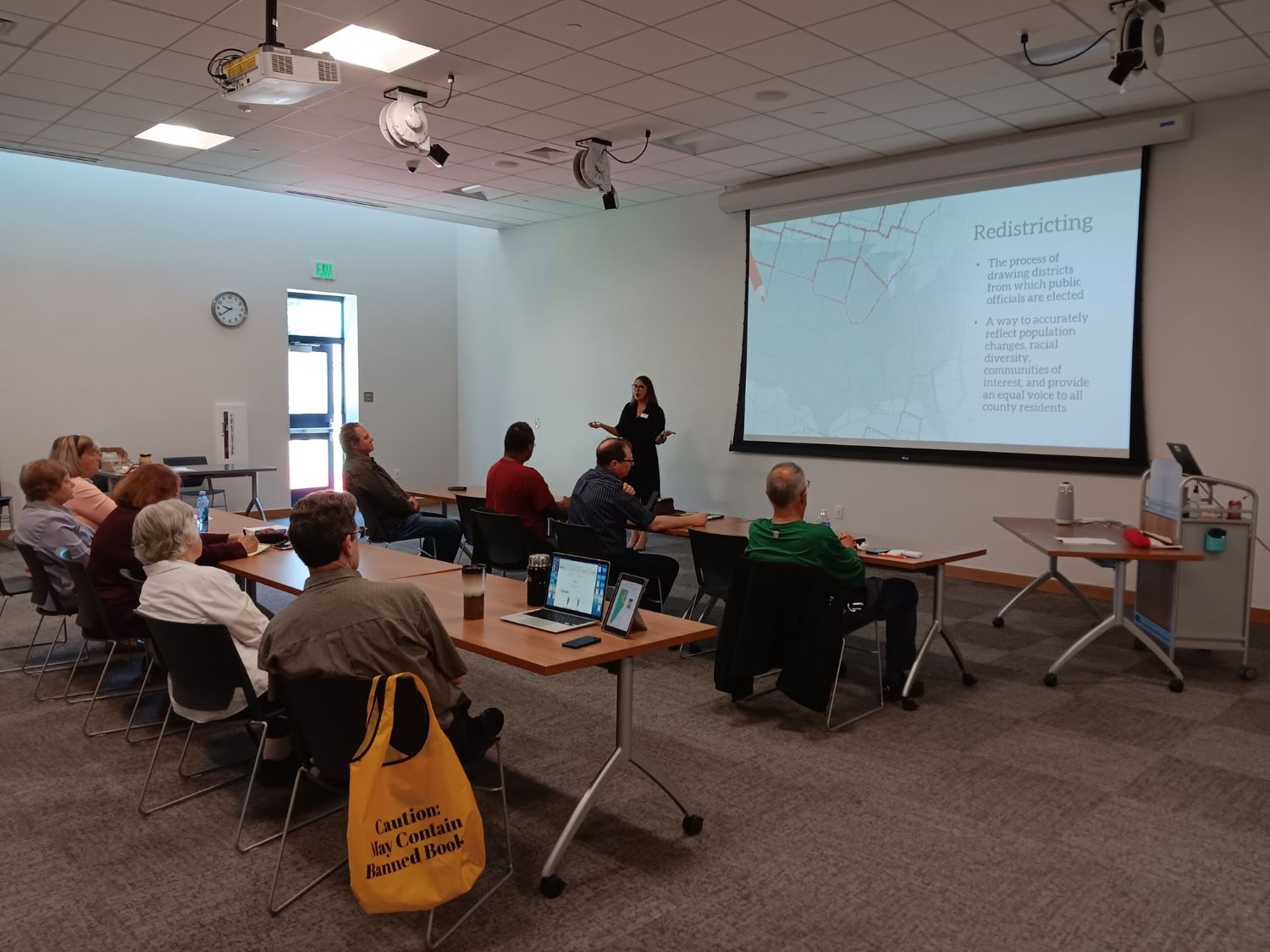
The pursuit of a new, modern software solution for Jefferson County’s property and tax assessment, as well as tax collection system, stems from the county’s vision to revolutionize its administrative processes and enhance public service delivery. The sought-after solution must meet several critical requirements to address the evolving needs of both the Assessor’s and Treasurer’s offices, ensuring efficiency, accuracy, and transparency.
Firstly, ease of use is a paramount consideration. The new software must offer a user-friendly interface, making it intuitive for county employees to navigate and utilize effectively. With efficient data entry capabilities, including the ability to easily correct user errors, the system should streamline property information processing, minimizing manual interventions and reducing the risk of inaccuracies.
In line with ensuring transparency and accountability, the software should incorporate a robust activity audit trail. This feature will maintain a detailed log of all actions and changes made within the system, providing an audit trail that can be traced for oversight and compliance purposes.
However, the county’s vision extends beyond its internal operations. Recognizing the importance of public engagement and empowerment, the new solution must also provide a substantial public portal.
Through this portal, property owners will gain secure access to a variety of services offered by both the Assessor’s and Treasurer’s offices. This platform will enable property owners to conveniently interact with county services, access vital property-related information, and conduct transactions online with ease and confidence.
To comprehend the significance of this modernization endeavor, understanding the core responsibilities of the Assessor’s and Treasurer’s offices is essential. The Assessor’s Office assumes the crucial role of identifying, describing, and valuing all properties within Jefferson County, diligently carrying out its duties in a fair, ethical, accurate, and professional manner.
Moreover, the Assessor’s GIS team plays a critical role in generating spatial information, which goes beyond the Assessor’s Office and is shared across multiple county departments and divisions. These include Planning & Zoning, Building Safety, Addressing, Sheriff’s Office, and Business Innovation & Technology. The spatial data offers valuable insights for various county functions, facilitating intelligent decision-making and resource allocation.
On the other hand, the Jefferson County Treasurer shoulders the responsibility of collecting all real and personal property taxes for the county, school district, cities, and more than 180 special districts operating within the County. Acting as the custodian of public funds, the Treasurer ensures meticulous accounting and disbursal of property taxes to various entities.
The majority of property taxes collected are disbursed to cities, the Jefferson County School District, and special districts. However, it’s important to note that taxes allocated for county use are disbursed through warrants by the Jefferson County Commissioners.
The Multifaceted Scope of the New Software Solution
The scope of work for the replacement software solution is multifaceted and designed to address the diverse needs of both the Assessor’s and Treasurer’s offices, as well as enhance public service delivery in Jefferson County. The selected solution must provide an integrated platform that seamlessly combines the operations of both offices, optimizing efficiency, accuracy, and transparency.
One of the primary objectives is to create an ADA-compliant public portal, accessible to residents, enabling them to search for property information, make secure tax payments, and apply for senior and veteran property tax exemptions conveniently online. This portal will significantly enhance the county’s public engagement and empower property owners with self-service options.
Moreover, the solution must cater to common reporting requirements used by both the Assessor and Treasurer organizations. Key reports such as Notices of Value, Notices of Determination, Tax Bills, Certification, and Abstract of Assessment must be generated efficiently.
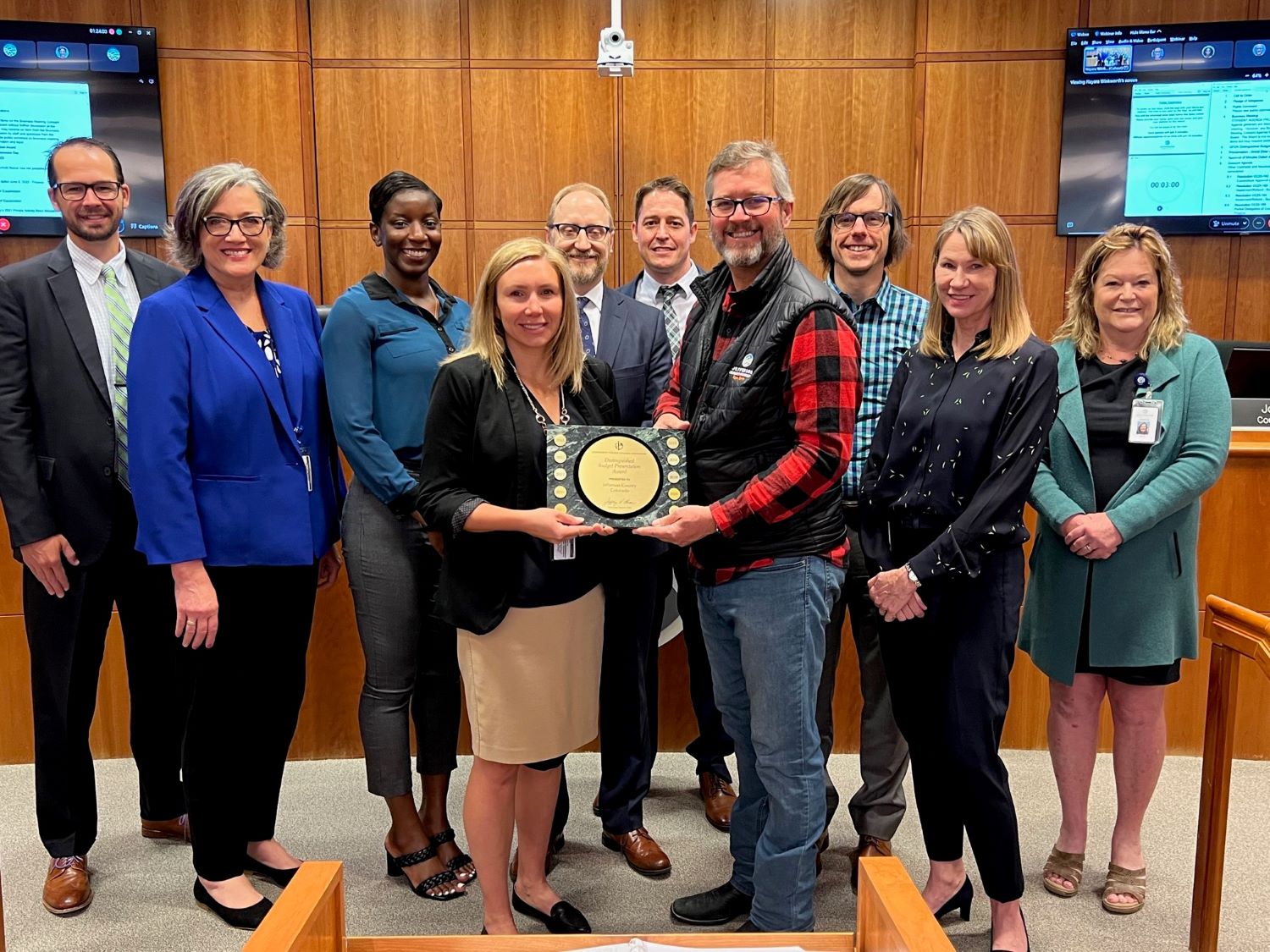
The software should provide robust search, query, and API tools, enabling bulk property updates through background/batch processing, and supporting the county’s operations effectively.
The ability to run batch processes in the background is crucial to handle large-scale tasks efficiently. Examples include generating reports in PDF format for the approximately 225,000 parcels in the county, calculating values for all parcels, and generating comparable sales grids for subsets of parcels. These capabilities will streamline data processing and reporting tasks, saving valuable time and resources.
To ensure a successful implementation partnership, the selected firm must demonstrate a thorough understanding of Colorado statutes and regulations governing property assessment, valuation, and taxation.
This includes familiarity with property valuation appeals processes, tax district classifications, and timely tax collection and distribution. The firm’s expertise in Colorado Assessor and Treasurer operations will be instrumental in aligning the software with the county’s unique requirements.
The software solution’s user experience is of paramount importance, encompassing initial data entry, error correction, search, query, reporting, and dashboard capabilities. Efficient auditing, tracking, and reporting functionalities are essential for both Assessor and Treasurer modules, enabling transparent and accountable processes.
In addition to meeting internal office needs, the replacement solution should facilitate more streamlined provisioning of services to the public. Moreover, the software’s cloud-based nature will empower staff to work efficiently and responsively from remote locations, optimizing productivity and adaptability.
The project timeline demands that the replacement solution be fully completed by December 31, 2026. To ensure funding availability, all project funds must be encumbered with the execution of the original contract no later than December 31, 2024.
Comprehensive Evaluation and Award Process for Software Solution Procurement
The evaluation process for selecting the most suitable software solution for Jefferson County’s property and tax assessment, as well as tax collection system, was thorough and comprehensive. The county assessed each proposal based on a set of detailed evaluation criteria, ensuring that all aspects of the proposed solutions are considered.
The listed criteria covered various essential elements, including the vendor’s cover letter and executive summary, their track record of similar projects and active customer base, as well as the qualifications of the personnel involved.
Furthermore, the statement of work, project schedule, and payment milestones were scrutinized to ensure that the proposed solution aligns with the county’s objectives and timeline. The fit and appropriateness of the solution for Jefferson County’s unique requirements were critical factors in the evaluation process.
The project approach outlined by each firm also played a pivotal role in the selection process, along with their ability to meet the county’s contract requirements and comply with software and subscription agreements.
Moreover, the proposal’s quality and completeness, including the cost proposal, were thoroughly examined to assess the overall value and feasibility of the proposed solution. If applicable, top-rated firms may be requested to provide a demonstration or presentation to further demonstrate the capabilities of their solution.
In the case of top-rated firms, additional review of their firm stability, including financial statements and references, may be conducted to ensure their credibility and long-term viability. The county’s financial officer or designated representative handled the review of financial statements, and the results were shared only with the evaluation committee, the Purchasing Division, or others as deemed appropriate.
The method of award for the software solution procurement in Jefferson County was designed to ensure a fair and thorough evaluation process. The county may have requested additional information or conduct oral presentations to supplement the written proposals submitted by the firms.
It’s important to note that the selection was not solely based on the lowest price, but on the firm or firms that demonstrate the best ability to fulfill the requirements outlined in the Request for Proposal. The emphasis was on finding a vendor that can effectively meet the county’s needs, ensure efficiency, accuracy, and transparency in property and tax assessment, and enhance public service delivery.
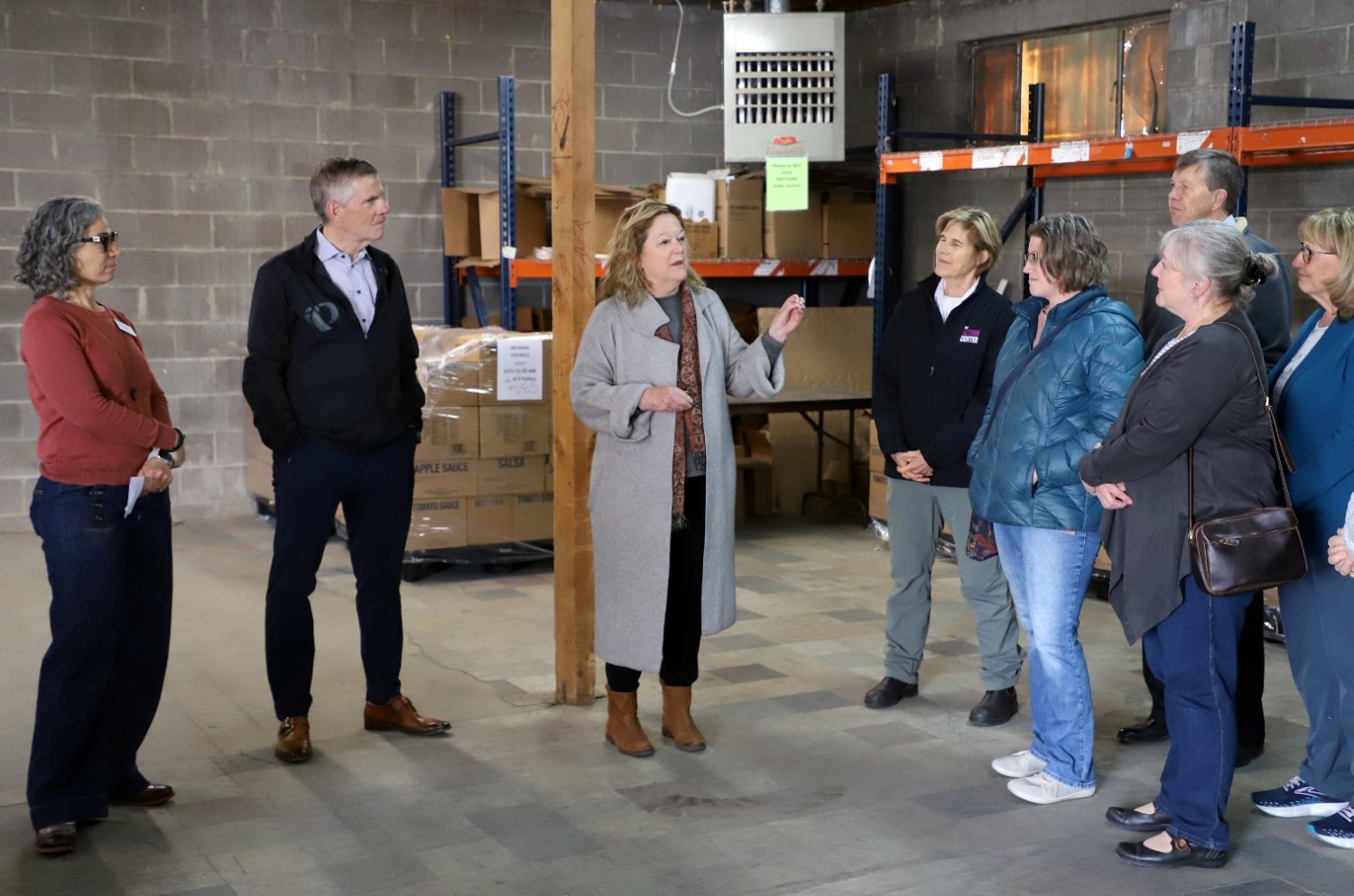
Based on the qualifications and selection criteria mentioned in the Request for Proposal, it was anticipated that one firm would be awarded the contract. However, the county retained the flexibility to consider awarding the project to multiple firms or awarding it in parts if necessary.
This approach allowed the county to explore possibilities for tailored solutions and potentially negotiate with the awarded firms to fine-tune the Scope of Work without having to initiate additional competitive solicitations.
Once the selection process was complete, the successful firm or firms would commence their work upon receiving a fully executed Contract and Notice to Proceed from the county. It ensured clarity on the terms and conditions of the engagement and serves as an official authorization to initiate the project. The firm was expected to deliver all services as outlined in their proposal while adhering to the terms of the executed Contract.
Bottom Lines
In conclusion, the future necessitates an innovative and forward-looking approach to tax and property assessment. Embracing modern technologies, citizen-centric solutions, and data-driven practices will empower governments to meet the evolving needs of their communities, foster transparency, and ensure a fair and equitable tax system.
As jurisdictions like Jefferson County embark on this transformative journey, they pave the way for a more efficient, responsive, and prosperous future for their citizens.









